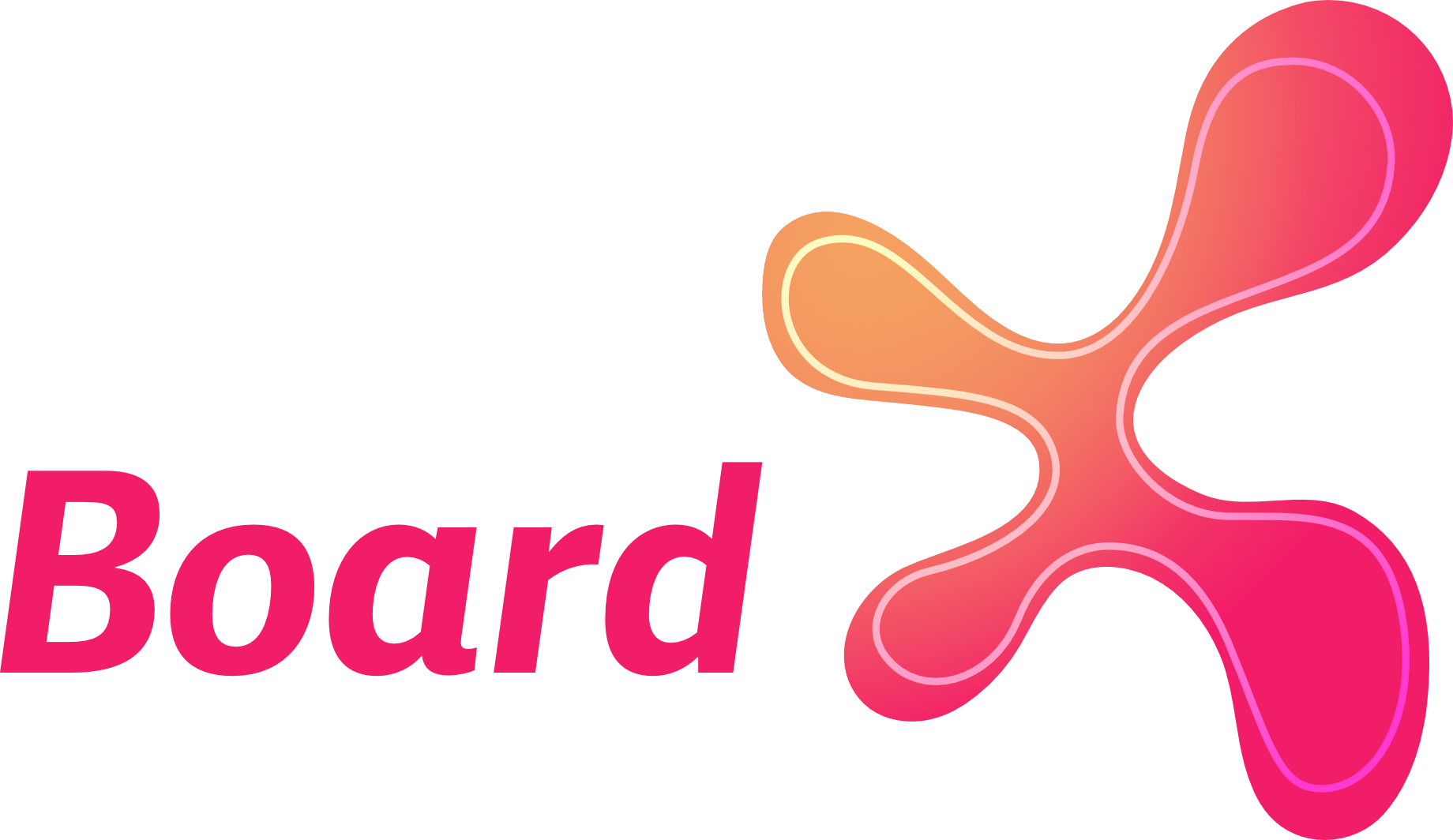Empowering Collaboration with Empathy Maps

Introduction
Empathy is seeing with the eyes of another, listening with the ears of another, and feeling with the heart of another - Alfred Adler
In the realm of design thinking, empathy stands at the forefront. To innovate effectively, we need to understand and connect with the individuals who will benefit from our solutions. That’s where empathy mapping comes in—a powerful, simple visual tool to dive into users’ needs, behaviors, and perspectives.
At BoardX, we know that empathy maps not only foster understanding but also ignite more meaningful collaboration and deeper insights across teams. Here, we’re excited to introduce our Empathy Map template, designed to enhance the experience of any design thinking session and empower teams to build more user-centered solutions.
Why Use Empathy Maps?
Empathy maps are crucial because they help us step into the user's shoes. They allow teams to explore what users think, feel, say, and do, creating a shared understanding that’s the backbone of successful design thinking.
We move people through a process where we get them to feel comfortable with the idea that they are creative. If you go through the design thinking process, it starts with empathy. - David Kelley
The map acts as a grounding document for everyone involved, bridging the gaps in understanding and unlocking rich, valuable insights. By identifying emotional nuances and unspoken needs, teams can think beyond functionality, creating solutions that truly resonate.
The Empathy Template Definition.
With BoardX, creating empathy maps is easier and more collaborative than ever. Our template is available directly within our workspace, enabling real-time input from each team member.

Definition of the Template:
Thinks & Feels
This section captures the user's internal thoughts and emotions, providing insights into what drives their behavior. It focuses on what they might not openly express but still significantly impacts their actions and decisions. Understanding these aspects helps reveal their motivations, concerns, and aspirations.
Example questions: What occupies their mind? What are their fears or worries? What excites or inspires them?
Hears
This part examines the external influences that shape the user's opinions and actions, such as input from friends, family, colleagues, or media. It provides insight into the environment and the voices that impact their perspective.
Example questions: Who or what influences their decisions? What kind of environment are they in? What advice or input do they receive?
Sees
This section focuses on what the user observes in their environment, including interactions, behaviors, and visual elements that influence their perceptions and decisions.
Example questions: What do they notice in their surroundings? What patterns or trends catch their attention? How do these observations affect their choices?
Says & Does
This part documents the user's verbal expressions and outward behaviors, providing insight into their intentions, habits, and actions. Observing what they say and do in relevant contexts helps teams understand how they interact with their environment and others.
Example questions: What specific words or phrases do they use? How do they act in relevant situations? What behaviors are consistent?
Gains
This area identifies the user's desired outcomes and goals, highlighting what they hope to achieve or experience from a solution. It also addresses their expectations and aspirations.
Example questions: What are they trying to accomplish? What positive outcomes do they anticipate? What improvements do they seek?
Pains
This section explores the user's frustrations, challenges, and obstacles related to the problem or context. It helps uncover barriers that prevent them from achieving their goals or having a positive experience.
Example questions: What difficulties or frustrations are they experiencing? What obstacles are in their way? What feedback or criticism do they encounter?
How to Use BoardX’s Empathy Map Template with AI?
Step 1: Prepare Interview Questions Aligned with the Empathy Map Template
- Define the goal of your interview, focusing on understanding the user’s experience, pain points, and desires.
- Design questions that align with each segment of the Empathy Map:
Step 2: Record the Interview and Capture Key Points
- Use a meeting tool that supports recording and transcription. If your tool doesn’t support transcription, utilize BoardX’s AI transcription tool after the interview.
- During the interview, focus on actively listening and prompting the user for more detail based on the Empathy Map sections.
Step 3: Upload Transcriptions or Audio to BoardX
- Once the interview is complete, upload the transcription file or audio recording to BoardX. The AI tools within BoardX can process the transcription if it’s not already transcribed.
Step 4: Use BoardX’s AI Tools to Synthesize and Organize Data
- Use the AI to visually map user insights directly into the Empathy Map Template. Each section of the template will auto-populate with quotes, observations, and emotional indicators, creating a structured empathy map.
Step 5: Iterate and Share Empathy Map Visuals with Your Team
- Use the completed empathy map to share insights with your team, providing a visual representation of user needs and perspectives.
The Collaborative Power of BoardX Empathy Maps
Empathy maps are most powerful when used collaboratively. BoardX’s Empathy Map template allows teams to work in real-time, whether remote or on-site, fostering alignment as they go through each quadrant together. Features such as sticky notes, comment threads, and AI-assisted insights help accelerate this process.
Our AI-powered recommendations even suggest possible user insights based on past sessions, bringing hidden patterns to the surface.
From Empathy Maps to Action
Using the empathy map, teams gain a shared understanding that translates directly into impactful design decisions. By turning insights into action items, our template ensures that user needs guide every step of the journey.
Empathy is a catalyst for change, and empathy maps are a means to harness it. At BoardX, we’re committed to helping teams unlock the potential of design thinking by providing tools that foster deep, authentic understanding. Our empathy map template is just the beginning of a journey that brings people together, creating products that speak directly to human needs.
Remember, empathy isn’t just a tool; it’s a mindset. Embrace it, and watch your designs transform.

Comments ()